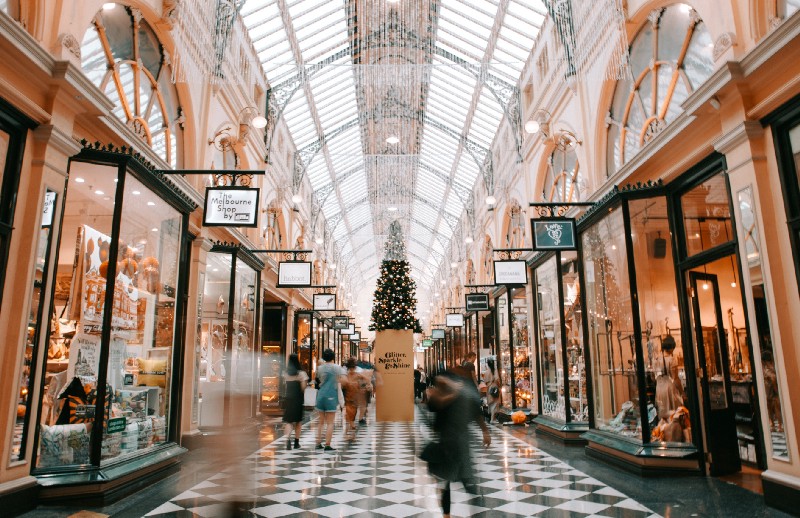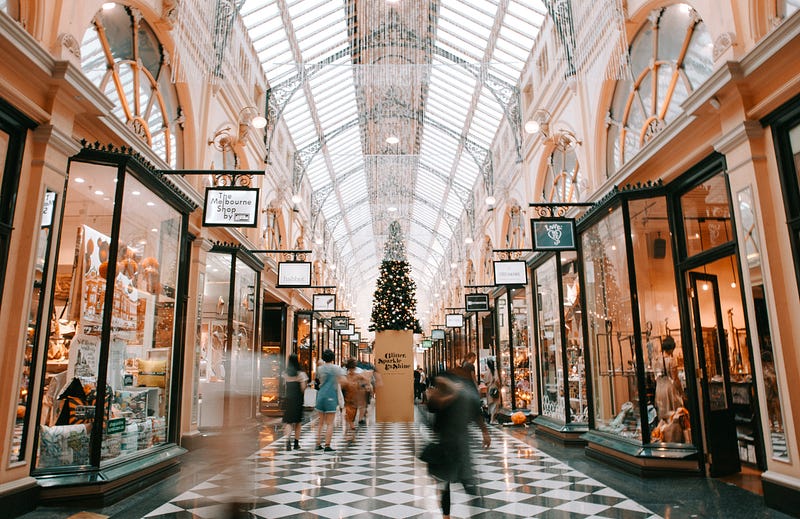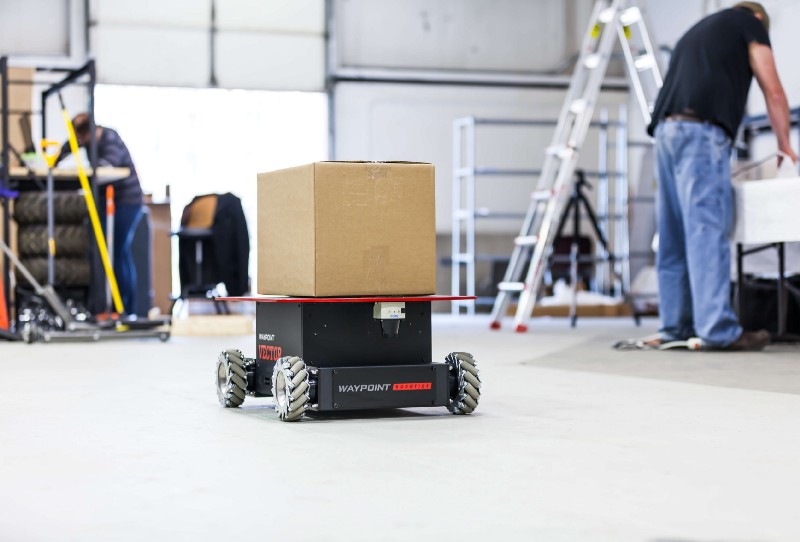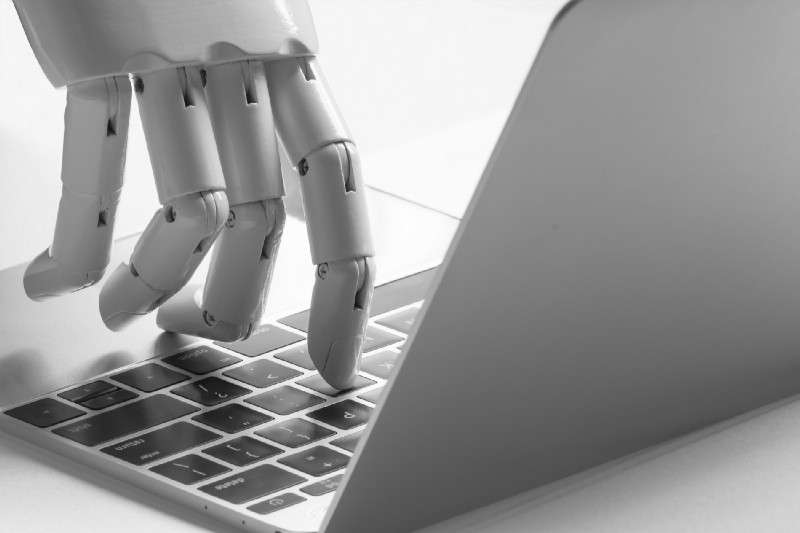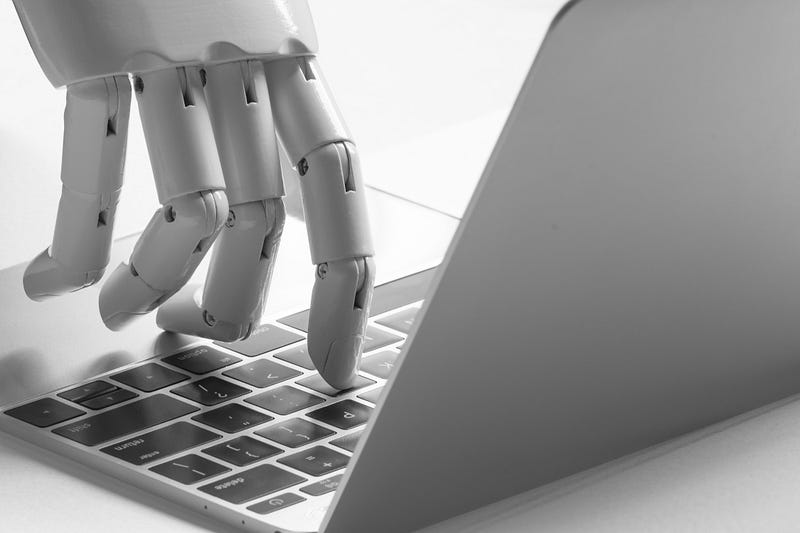We recently spent some time with Michael Guzzetta, a seasoned retail technology and innovation executive and consultant who has worked with brands such as The Walt Disney Company, Microsoft, See’s Candies, and H-E-B.

Tell me about your background. What brought you to retail?
Like many people, I launched my retail career in high school when I worked in the men’s department at Robinson’s May. I also worked for The Warehouse (music retailer) and was a CSR at Blockbuster video – strangely, I still miss the satisfaction of organizing tapes on shelves.
I ignited my tech career in 2001 when I started working in payment processing and cloud-based tech, and then I returned to retail in 2009 when I joined Disney Store North America, one of the world’s strongest retail brands.
During my tenure at Disney, I had the privilege of working at the intersection of creative, marketing, and mobile/digital innovation. And this is where the innovation bug bit me and kicked off my decades-long work on omnichannel innovation projects. I seek opportunities to test and deploy in-store technology to simplify experiences for customers and employees, increase sales, and drive demand. Since jump-starting this journey at Disney Store, I’ve also helped See’s Candies, Microsoft, and H-E-B to advance their digital transformation through retail innovation.
What are some of the retail technologies that got you started?
I’ve seen it all! I’ve re-platformed eCommerce sites, deployed beacons and push notifications, deployed in-store traffic counting, worked on warehouse efficiency, automated and integrated buyer journeys and omnichannel programs, and more. I recently built a 20k SF innovation lab space to run proofs-of-concept to validate tech, test, and deployment in live environments. Smart checkout, supply chain, inventory management, eCommerce… you name it.
What are the biggest innovation challenges in retail today?
Some questions that keep certain retailers up at night are, “How can we simplify the shopping experience for customers and make it easier for them to check out?”, “How can we optimize our supply chain and inventory operations?”, “How can we improve accuracy for customers shopping online and reduce substitutions and shorts in fulfillment?” and “How can we make it easier and more efficient for personal shoppers to shop curbside and home delivery orders?” Not to mention, “What is the future of retail, and which technologies can help us stay competitive?”
I see potential in several trends to address those challenges, but my top three are:
Artificial Intelligence/Machine Learning – AI will continue to revolutionize retail. It’s permeated most of the technology we use today, whether it’s SAAS or hardware, like smart self-checkout. You can use AI, computer vision, and machine learning to identify products and immediately put them in your basket. AI is embedded in our everyday lives – it powers the smart assistants we use daily, monitors our social media activity, helps us book our travel, and runs self-driving cars, among dozens of other applications. And as a subset of AI, Machine Learning allows models to continue learning and improving, further advancing AI capabilities. I could go on but suffice it to say that the retailer that nails AI first wins.
Computer vision. Computer vision has a sizable opportunity to solve inventory issues, especially for grocery brands. Today, there’s a gap between online inventory and what’s on the shelf since the inventory system can’t keep pace with what’s stocked and on the shelves for personal shoppers, which is frustrating for customers who don’t expect substitutions or out-of-stock deliveries. With the advent of computer vision cameras, you can combine those differences and see what is on the shelf in real-time to inform what is available online accurately. Computer vision-supported inventory management will be vital to creating a truly omnichannel experience. Computer vision also enables smart shopping carts, self-checkout kiosks, loss prevention, and theft prevention. Not to mention Amazon’s use of CV cameras with their Just Walk Out tech in Amazon Go, Amazon Fresh, and specific Whole Foods locations. It has endless applications for retail and gives you the eyes online that you can’t get in stores today.
Robotics. In the last five years, robotics has taken a seismic leap, and a shift has happened, which you can see in massive, automated fulfillment centers like those operated by Amazon, Kroger, and Walmart. A brand can deliver groceries in a region without having a physical store, thanks to robotic fulfillment centers and distribution centers. It’s a game-changer. Robotics has many functions beyond fulfillment in retail, but this application truly stands out.
What is a missed opportunity that more retail brands should take advantage of?
Data. Data is huge, and its importance can’t be understated. It’s a big, missed opportunity for retailers today. Improving data management, governance, and sanitation is a massive opportunity for retailers that want to innovate.
Key opportunity areas around data in retail include customer experience (know your customer), understanding trends related to customer buying habits, and innovation. You can’t innovate at any speed with dirty data.
There’s a massive digital transformation revolution underway among retailers, and they are trying to innovate with data, but they have so much data that it can be overwhelming. They are trying to create data lakes, a single source of truth, and sometimes they can’t work because of disparate data networks. I believe that some of the more prominent retailers will have their data act together in a few years.
“Dirty data” results from companies being around for a long time, so they’ve accrued multiple data sets and cloud providers, and their data hasn’t been merged and cleaned. If you don’t have the right data, you are making decisions based on bad or old data, which could hurt you strategically or literally.
What do you wish more people understood about retail technology and innovation?
Technology will not replace people. In my experience, technology is meant to enhance the human experience, which includes employees. If technology simplifies the process so much that the employees become idle, they are typically trained to manage the technology or cross-trained to grow their careers. Technology isn’t replacing the human experience any time soon, although it is undoubtedly changing the existing work experience – ideally for the better, both for the employees and the bottom line.
Technology doesn’t always lower costs for retailers. Hardware innovation requires significant capital expenses when it’s deployed chain-wide. Amazon’s “Just Walk Out” is impressive technology, but the infrastructure, cloud computing costs, and computer vision cameras are insanely expensive. In 5 years, that may be different, but today it is a loss leader. It’s worth it for Amazon because they can get positive press, demonstrate innovation, and show industry leadership. But Amazon has not lowered its operating costs with “Just Walk Out.” This is just one example, but there are many out there.
Online shopping will not eliminate brick-and-mortar shopping. If the pandemic has taught us anything, online shopping is here to stay – and convenience is extremely attractive to consumers. But I think people will never stop going to stores because people love shopping. The experience you get by tangibly picking something up and engaging with employees in a store location will always be around, even with the advent of the Metaverse.

What are some brands that excite you right now because of how they use technology?
Amazon. What they have been doing with Just Walk Out technology, dash carts, smart shelves, and other IoT technology puts Amazon at the front of the innovation pack. Let’s not forget that they’ve led the way in same or next-day delivery by innovating with their automated fulfillment centers! They have the desire, the resources, and the talent to be the frontrunner for years to come.
Alibaba. This Chinese company is another retailer that uses technology in incredible ways. Their HEMA retail grocery stores are packed with innovation and technology. They have IoT sensors across the stores, electronic shelf labels, facial recognition cameras so you can check out with your face, and robotic kitchens where your order is made and delivered on conveyor belts. They also have conveyors throughout the store, so a personal shopper can shop by zone, then hook bags to be carried to the wareroom for sortation and delivery prep – it’s impressive.
Walmart and Kroger. Both brands’ use of automated fulfillment centers (AFCs) and drone technology (among many others) are pushing the boundaries of grocery retail today. Their AFCs cast a much wider net and have expanded their existing markets, so, for example, we may see Kroger trucks in neighborhoods that don’t have a store in sight.
Home Depot. They have a smart app with 3D augmented reality and robust in-store mapping/wayfinding. Their use of machine learning is also impressive. For example, it helps them better understand what type of projects a customer might be working on based on their browsing and shopping habits.
Sephora. They use beacon technology to bring people with the Sephora app into the store and engage them. They have smart mirrors that help customers pick the right makeup for their skin tone and provide tutorials. Customers can shop directly through smart mirrors or work with an in-store makeup artist.
What advice do you have for retailers that want to invest in technology innovation?
My first piece of advice is to include change management in the project planning from the start.
There are inherent challenges in retail innovation, often due to change management issues. When a company has been around for decades or even more than a century, they operate with well-known, trusted, and often outdated infrastructure. While that infrastructure can’t uphold the company for the next several decades or centuries, there can be a fear of significant change and a deeply rooted preference for existing systems. There can be a fear of job loss because of the misconception that technology will replace people in retail.
Bring those change-resistant people into the innovation process early and often and invite them to be part of the idea generation. Any technology solution needs to be designed with the user’s needs in mind, and this audience is a core user group. Think “lean startup” approach.
My second piece of advice is to devote enough resources to innovation and give the innovation team the power to make decisions. The innovation team should still operate with lean resources, focusing on minimum viable products and proofs of concept, so failures aren’t cost-prohibitive. The innovation team performs best when it has the autonomy to test, learn, and fail as they explore innovative solutions. Then, it reports its findings and recommendations to higher-ups to calibrate and pivot where needed.
In closing, I’d say the key to innovation success is embracing the notion of failure. Failure has value! Put another way; failure is the fast track to learning. Learning what not to do and what to try next can help a retail company to accelerate faster than the competition. Think MVP, stay lean, get validated feedback quickly, and iterate until you have a breakthrough. And always maintain a growth mindset – never stop learning and growing.
JumpStart Your Retail Innovation Success
Innovating technology is crucial, or your business will be left behind. Our expertise in technology and business helps our clients deliver tangible outcomes and accelerate growth. At Kopius, we’ve designed a program to JumpStart your customer, technology, and data success.
Kopius has an expert emerging tech team. We bring this expertise to your JumpStart program and help uncover innovative ideas and technologies supporting your business goals. We bring fresh perspectives while focusing on your current operations to ensure the greatest success.
Partner with Kopius and JumpStart your future success.
Additional resources:
